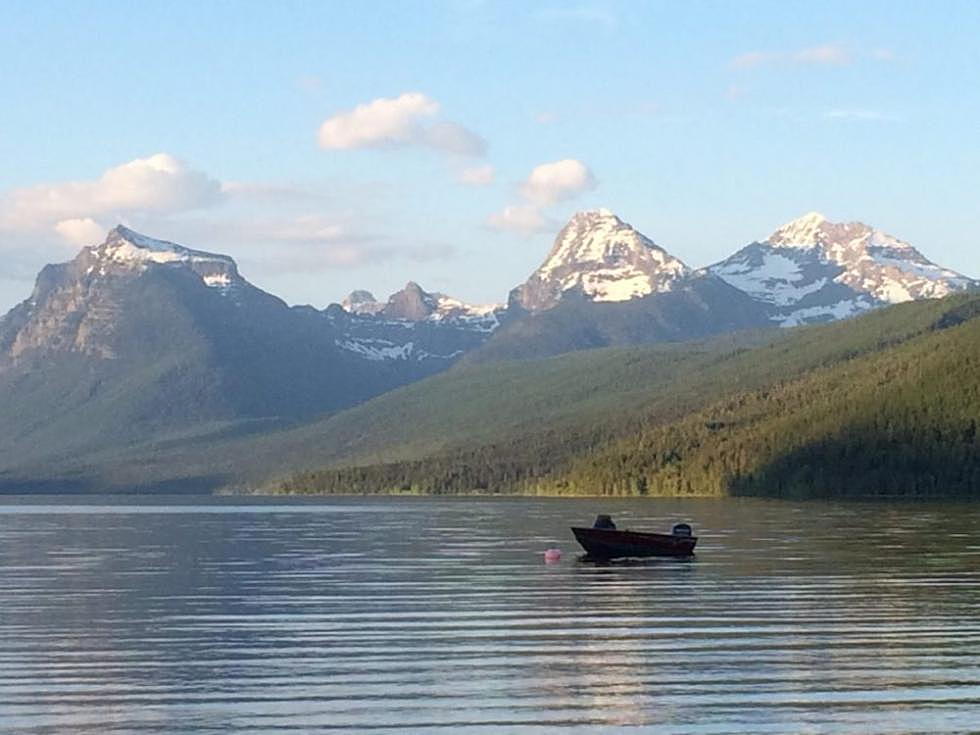
National parks to bump entrance fees by $5, backing off steep increase
Entrance fees at national parks will increase by $5, not the $40 bump that drew loud and widespread opposition earlier this year, Interior Secretary Ryan Zinke announced Thursday.
The new plan boosts the per-vehicle fee at the nation’s 17 most popular parks – including Glacier, Yellowstone, Yosemite and Grand Canyon – to $35 per vehicle. The earlier proposal would have assessed visitors $70 per vehicle.
"Your input has helped us develop a balanced plan that focuses on modest increases," Zinke said of the 109,000 comments – mostly negative – his department received after the steep increase was announced as a fix for the park system’s $11.6 billion maintenance backlog.
The new approach, the former Montana congressman said, will rest on a multi-tiered funding approach that includes not only the entrance fee increase but also the use of revenue generated by energy development on public lands.
All 117 national parks that currently have an entrance fee will see that charge increase by $5 per vehicle under the new plan. Those parks which have no entrance fee will remain free.
The $35 fee is the highest and applies to the nation’s 17 most-visited parks, nearly all of which are in the West. Only those parks were affected by the original proposal, while the new plan reaches across the park system.
This time, Zinke’s announcement brought a swift chorus of agreement.
Montana Sen. Steve Daines issued a written statement, saying: “Montana’s national parks must remain affordable and accessible to all visitors. It's critical that the National Park Service take steps to address the maintenance backlog affecting many of our parks, but making it more costly for American families to visit these public lands won’t solve the problem alone.”
Daines said he has introduced legislation to help provide another source of funding for the needed maintenance work. The National Park Restoration Act would use revenue from energy production on federal lands to pay for rebuilding roads, campgrounds, buildings, trails and water systems in the national parks.
Zinke has endorsed that plan.
The maintenance backlog "isn't going to be solved overnight and will require a multi-tiered approach as we work to provide badly needed revenue to repair infrastructure," Zinke said in a statement Thursday.
“An investment in our parks is an investment in America,” Zinke said. “Every dollar spent to rebuild our parks will help bolster the gateway communities that rely on park visitation for economic vitality.”
All money collected from the fee increase will stay within the National Park Service, with 80 percent remaining in the park where it is collected, Interior Department officials said.
Park advocacy groups gave Thursday’s announcement a thumb’s up as well.
“From the moment the administration made its proposal to triple fees at some of America’s most popular national parks, many businesses, gateway communities, governors, tourism groups, conservation organizations and the public have said this was the wrong solution for parks’ repair needs,” said Theresa Pierno, president of the association. “The public spoke, and the administration listened.”
Pierno said her group’s analysis of nearly 100,000-plus public comments received by Interior found 98 percent of were against the initial, significant fee hikes.
Said Diane Regas, president of The Trust for Public Land: “Everyone deserves great outdoor experiences, and we’re relieved that the administration has scrapped its plan to more than double fees at many of our nation’s most spectacular national parks. We urge Congress and the administration to address the chronic underfunding of the National Park Service budget, and not place the burden squarely on the backs of the American public with higher costs to the lands they already own.”
